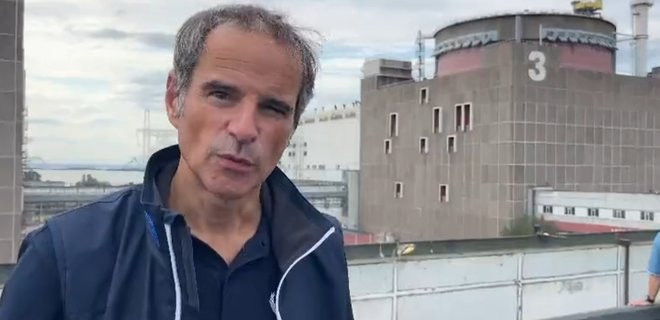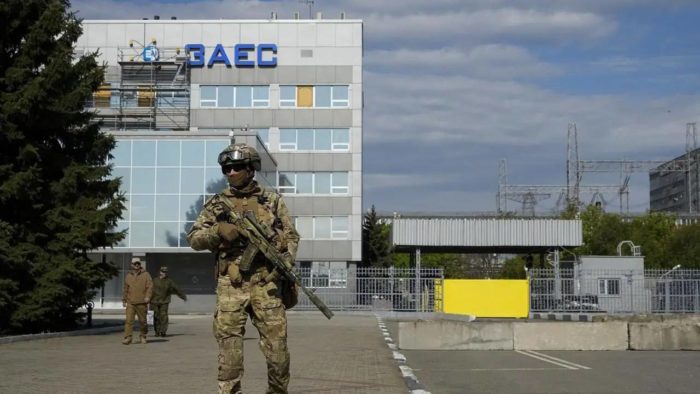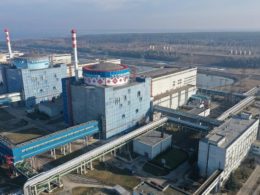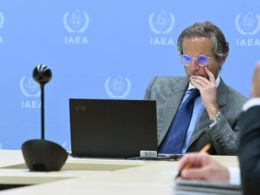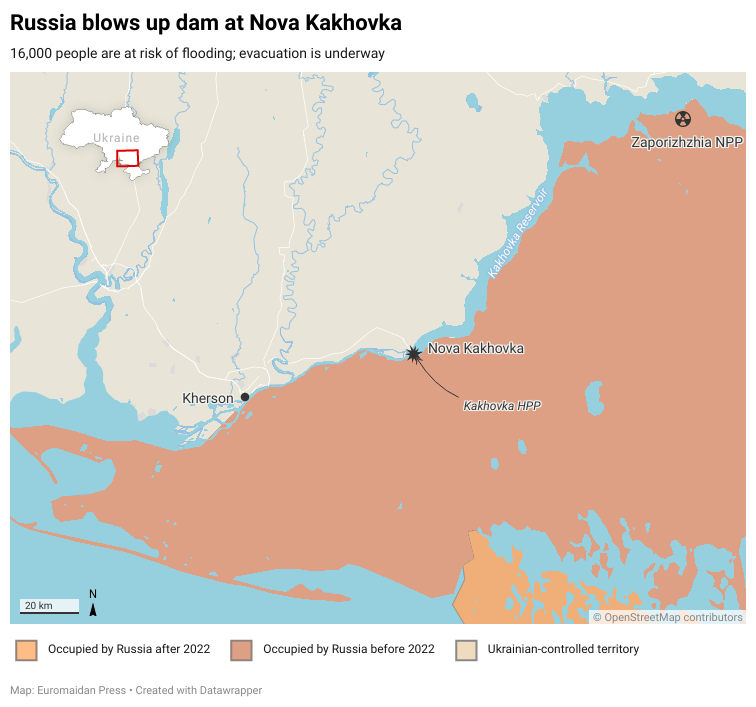
Grossi said, “It is possible that this discrepancy in the measured levels is caused by an isolated body of water separated from the larger body of the reservoir. But we will only be able to know when we gain access to the thermal power plant.”At the current height by the ZTPP, the water pumps remain operable but are not being continuously operated as both the ZTPP channel and a large cooling pond near the ZNPP are full, holding enough water reserves for several months of cooling requirements. Grossi emphasized the vital importance of maintaining the integrity of the ZNPP cooling pond and the ZTPP discharge channel for the safety of the plant.
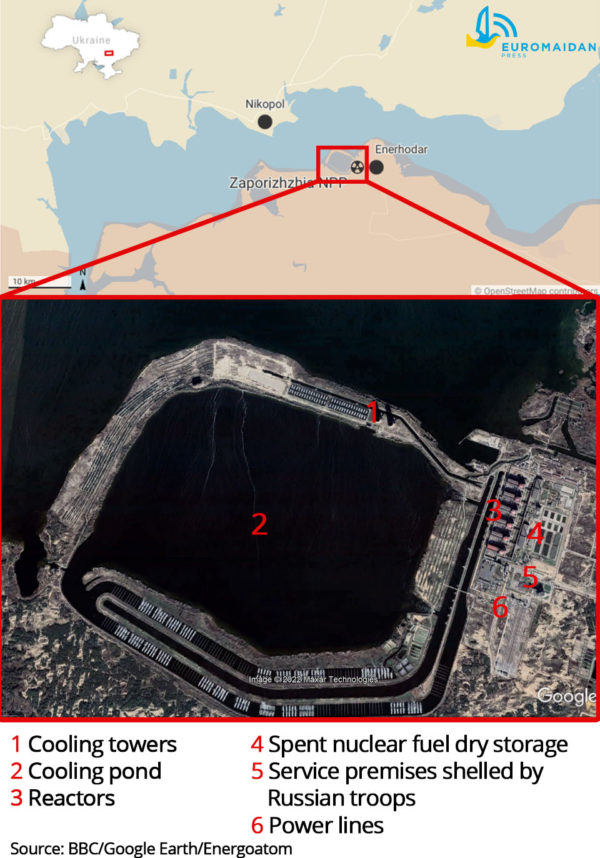 Grossi also highlighted the crucial role of the thermal power plant in ensuring the safety and security of the ZNPP, and expressed his expectation that IAEA experts would soon gain access to independently assess the situation. He will personally raise this matter with the Zaporizhzhia Nuclear Power Plant, he added.
The Director General also mentioned that the IAEA requires access to the electrical switchyard of the ZTPP, which has been used in the past to provide back-up power to the ZNPP. The last 330 kV line of the ZTPP switchyard is still unavailable after being disconnected over three months ago. Now, the ZNPP, which is Europe’s largest nuclear power plant, relies entirely on a remaining 750 kV power line for off-site electricity, which has been disrupted repeatedly since Russia's invasion of Ukraine in February 2022.
Despite the ZNPP not producing electricity for several months, it still needs access to water and power for cooling and other safety and security functions to prevent the risk of a potential fuel meltdown and release of radioactive material. Currently, five reactors at the ZNPP are in cold shutdown, while the sixth unit remains in hot shutdown to produce steam that contributes to safety on the site. The installation of an independent steam boiler that would enable unit 5 to also enter cold shutdown while still supplying steam to the site is being considered.
Grossi also highlighted the crucial role of the thermal power plant in ensuring the safety and security of the ZNPP, and expressed his expectation that IAEA experts would soon gain access to independently assess the situation. He will personally raise this matter with the Zaporizhzhia Nuclear Power Plant, he added.
The Director General also mentioned that the IAEA requires access to the electrical switchyard of the ZTPP, which has been used in the past to provide back-up power to the ZNPP. The last 330 kV line of the ZTPP switchyard is still unavailable after being disconnected over three months ago. Now, the ZNPP, which is Europe’s largest nuclear power plant, relies entirely on a remaining 750 kV power line for off-site electricity, which has been disrupted repeatedly since Russia's invasion of Ukraine in February 2022.
Despite the ZNPP not producing electricity for several months, it still needs access to water and power for cooling and other safety and security functions to prevent the risk of a potential fuel meltdown and release of radioactive material. Currently, five reactors at the ZNPP are in cold shutdown, while the sixth unit remains in hot shutdown to produce steam that contributes to safety on the site. The installation of an independent steam boiler that would enable unit 5 to also enter cold shutdown while still supplying steam to the site is being considered.
What’s the worst that can happen at Zaporizhzhia nuclear power plant? Four scenariosOn 8 June, Ihor Syrota, the head of Ukrhydroenergo, stated that the level in the Kakhovka reservoir had dropped below the "dead point," making it impossible to draw water for the needs of the Zaporizhzhia Nuclear Power Plant and populated areas. Concerns for the safety of the plant have been mounting since the occupation of the Zaporizhzhia NPP, Europe's larges nuclear power plant.
Ukraine made secret, unsuccessful attempt to retake Zaporizhzhia NPP – The Times

